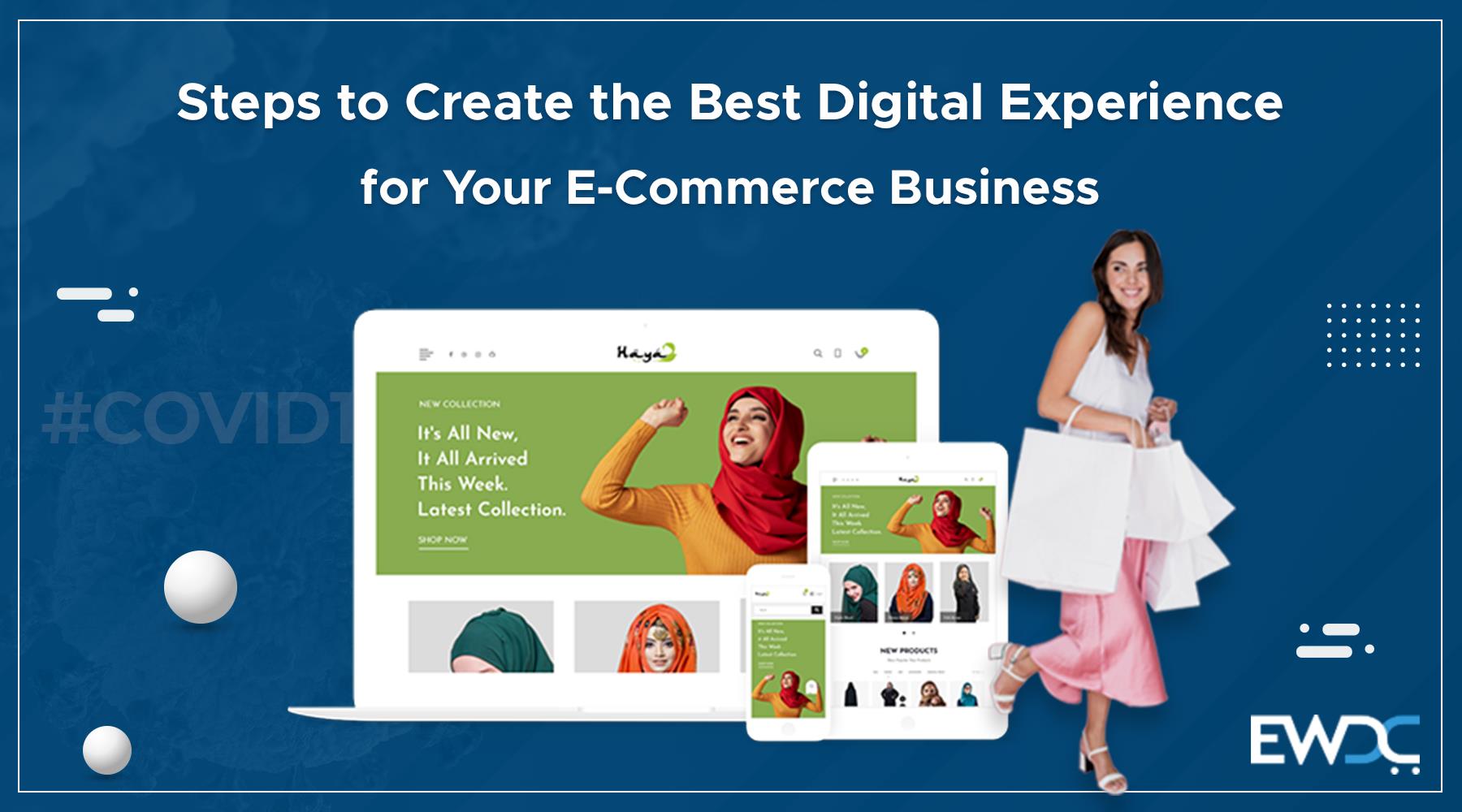
Be it a small or established eCommerce website. If you provide the best digital experience can only increase your business engagement and revenue. Keeping this in mind, we have created 6 steps that help every eCommerce business to give the best digital experience for your customers.
30-second summary:
In just 2 to 4 words, have a powerful CTA that conveys a clear message to the user to take action.
Technical SEO is the process of ensuring your ecommerce website is optimized for both crawling and indexing.
It can be a little complex if you’re a beginner, but you can make it happen through consultation with an experienced professional. Doing this will improve the findability, functionality, and usability of your site.
On-page SEO is simply defined as optimizing every web page with relevant keywords to increase their ranking on search engine results pages (SERPs).
This can also be referred to as front-end optimization or within the HTML code.
If you are a brick-and-mortar retail owner or selling products particularly to a certain geographic region, you’ll need to optimize your SEO for local search.
So, do some keyword research and optimize your content accordingly to appear on the search engine. For example, You can also add “near me” in content to find you.
On the other hand, you should also ensure that your site looks good and works well on mobile devices, as just-in-time searches for physical locations are often conducted on the go.
Backlinks are links that you added on the other websites to lead back to yours. For example,
Backlinks help Google to understand that it is valuable content. That’s what gives it what’s called “domain authority.”
Besides, make sure the backlinks that you provide are relevant.
4. Create different types of content
The main goal of content marketing is to inform, educate, build authority, community, and trust.
So, remember content is a great way to engage your customers while they’re on your site. This will keep them on-site longer and decrease the bouncing rate.
There are different types of content — text, visual, and multimedia. Creating it fresh and interesting, will make the experience of your eCommerce site more dynamic and interactive.
As mentioned above, you can use the SEO strategies to create blog content that increases consumer’s digital experience by providing an engaging way to learn about your brand and products.
Some of the functions of your blog posts include informing, entertaining your shoppers, and/or answering their questions about your product or services.
Videos are the other form of popular content marketing that is used to communicate your brand story or highlight your products in a more engaging way by making customers feel like active participants.
Narrative-driven videos, product-driven videos are some of the engaging videos that can elicit deeper brand affinity in your customers.
Content created by your consumers can build community affinity. Furthermore, it’s more authentic and acts as social proof to new users.
On the whole, it leads to growing shoppers’ purchase intent. It also builds a solidifying relationship between you and your most loyal customers.
Therefore, increasing your ecommerce website with some user-generated content can also push shoppers into conversion.
5. Integrate social media
Today, everyone uses social media. This platform is becoming a vital part of human life.
Thus, ensure your ecommerce business has a presence on the right social media platforms that allow you to deliver a strategic multi-channel experience.
On the other hand, augmenting your social media with Messenger Chat can also help in answering shopper questions on-platform and this increases engagement.
6. Personalize, personalize, personalize
Customers always expect a personalized experience — and it can also make them more likely to bounce back to you frequently.
So, always use personalization to make consumers feel a unique level of service generally not otherwise available on an e-commerce website.
Having personalized eCommerce pages can scale up your business.
For example, some of the eCommerce websites out there personalize product pages by giving additional recommendations based on products customers viewed or purchased before.
While others offer suggestions for products that are equal to the one featured on the page.
Bliss does the latter, presenting this selection of related products on a product page:
Personalization in email marketing can lead to a lot of different things. On top of this, it includes your customer’s actual name in the greeting and/or subject line, rather than saying “Hey, you!”.
This will help in getting the right offers to the right people.
And you can also trigger emails to customers depending on their interactions with the site.
You may think, Ads might not seem like the most personalized one. But it is, if you do some interesting things with that.
So, what is it?
Let’s take if you ever landed on a site that looked like it was talking directly to you? (Or, at least, your company… ).
Yes, if you’re advertising something in a more personalized tone, it will create engagement.
Retargeting is another way to target your shoppers, especially if they abandoned a transaction.
Conclusion:
All the above mentioned 6 steps may seem daunting at first to go about creating a digital experience on your ecommerce site. However, you must understand it doesn’t have to happen overnight.
As you make incremental improvements, have a close look at your analytics to know what’s working and what isn’t, and manage it accordingly.
Getting to a great digital experience is a journey; follow the steps in this article to start yours with confidence.